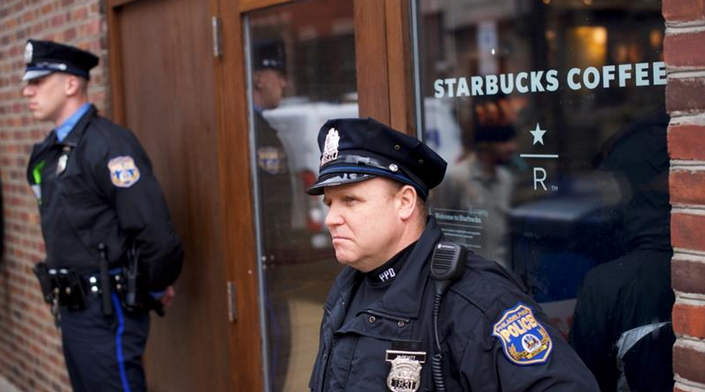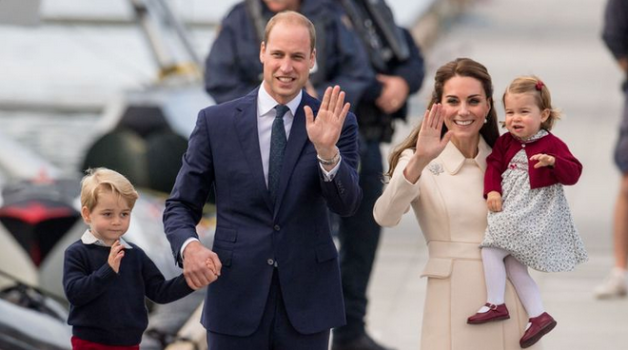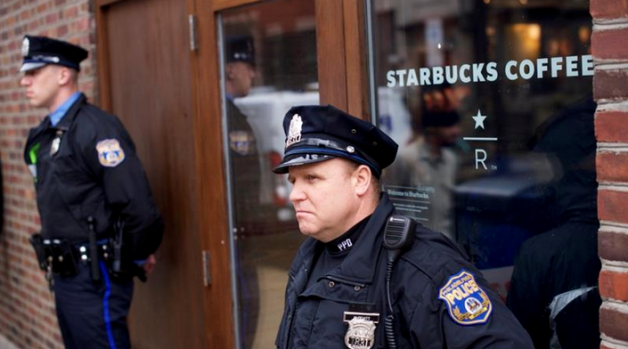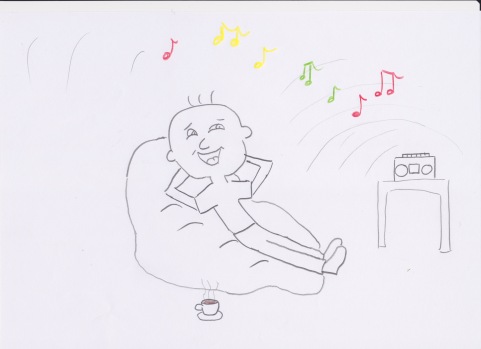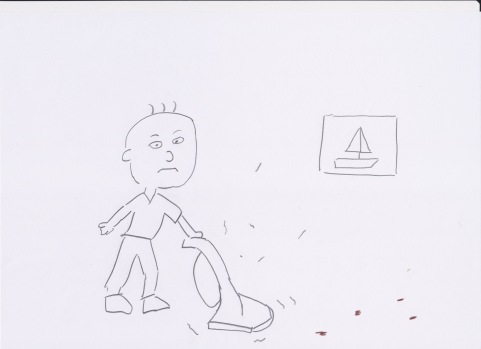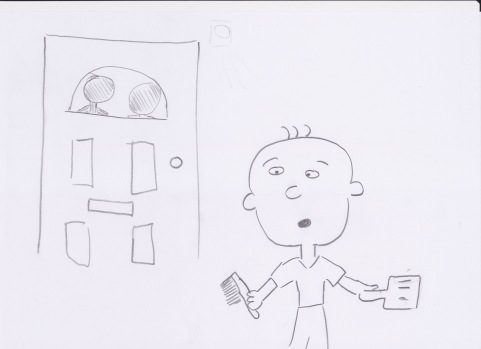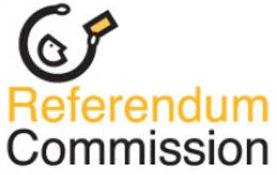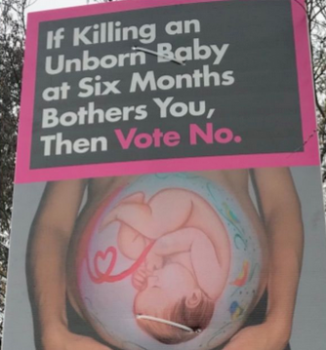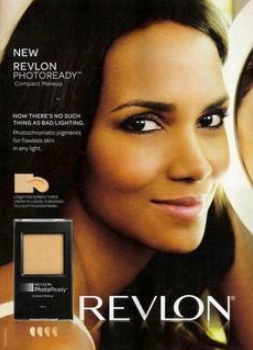Category: Part 4: Exercises
Exercise: 4.4 Image and Text
Over the space of a few weeks gather newspapers that you can cut up, preferably including a mixture of different political points of view. Have a look through and cut out some images without their captions. You could choose advertising images or news. For each image, write three or four different captions that enable you to bend the image to different and conflicting points of view. What does this tell you about the power of text and image combinations?
Now write some text that re-contextualises these images and opens them up to alternative interpretations. Write some notes in your learning log about this exercise. How might you use what you’ve learnt to add a new dimension to your own work?
Propaganda campaign at border with North Korea scrapped as good will gesture ahead of peace summit.
South Korea loose propaganda battle at the border with North Korea.
South Korean soldiers dismantle loudspeakers near the border with North Korea.
Loudspeakers being erected in preparation for the first All Korea Dance-off summit for almost a decade.
Awkward moment as Prince William is seen in public after calling in sick to Work.
Although there are only four of them here, The Royal family display five digits to signify the arrival of the new prince at St Mary’s Hospital.
Prince William is not so happy as the kids are off school on midterm.
The Royal Family members wishing to scrap the wave in favour of a subtle head-nod, attribute the desired change on arm fatigue.
Israel wrongly blamed for assassination of Palestinian in Kuala Lumpur.
Investigation begins in Malaysia following the murder of Palestinian scientist.
An Israeli programme which covertly eliminates Palestinian threats, comes under spotlight with recent murder of scientist in Malaysia.
World drive-by shooting championships open today in Los Angles.
Police officers arrest two black men in Starbucks.
Police block black rights protesters from entering Philadelphia Starbucks
Starbucks to carry out race awareness training after incident sparks race controversy.
Long black and flat white no long available in Starbucks following recent audit of staff race attitude.
Exercise: 4.3 Storyboard
Create a storyboard where the image does not depend on the text and the text adds something new to the narrative. This exercise is a light-hearted look at the role of image and text. Aim for it to be around 10 frames long. Draw the picture storyboard first and then add the text. Note how the story is affected when the text is added.
Please excuse my horrific drawings.
Without text
With Text


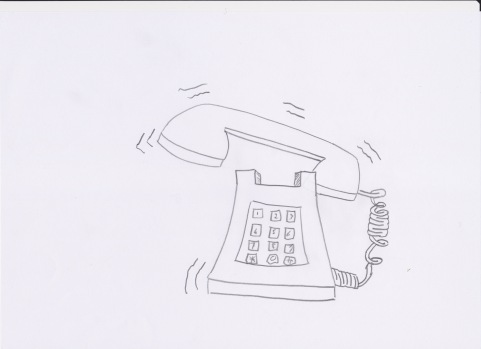


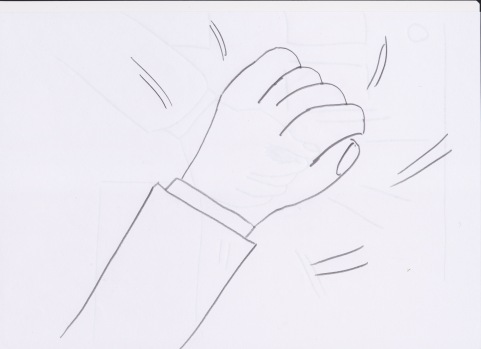


My storyboards only changed slightly with the addition of text. The main difference between the two is that the text added an element of humour, i.e. the parents deliberately contacted the son before they returned home, in order to give him a chance to clean the house.
Exercise: 4.2 Image and Text
Choose a day that you can spend out and about looking with no particular agenda. Be conscious of how images and texts are presented to you in the real world – on billboards, in magazines and newspapers, and online, for example. Make notes in your learning log on some specific examples and reflect upon what impact the text has on how you read the overall message.
Consider:
- Does the text close the image down (i.e. inform or direct your reading) or open it up (i.e. allow for your personal interpretation to play a part in creating the final meaning)?
- What do you think was the intention of the creator in each instance?
This exercise suggest that you look with no particular agenda. On my walk to work through the city centre I’m bombarded by campaign posters for the recent referendum.
In Ireland on the 25th of May 2018, the country was asked to vote on a proposal to change the constitution. The proposed change to the constitution concerns the regulation of termination of pregnancy. Essentially, the vote was whether or not to delete the existing Article 40.3.3 of the Constitution and replace it with a new one.
The existing Article 40.3.3, as interpreted by The Supreme Court, means that it is lawful for a pregnancy to be terminated only where the pregnancy poses a real and substantial risk to the life of the mother. This includes the risk of suicide. The proposed change on May 25th was to delete Article 40.3.3 and insert in its place, “Provision may be made by law for the termination of pregnancy”.
A yes vote is for repeal, while a no vote is to maintain the status quo.
As the referendum approached, campaign posters were a constant in my on my movement around my city. With this exercise, I present two posters for each side of the argument.
The poster below is on the ‘No’ side, and is quite direct, and leaves no room for opening up the image. It appeals to the viewer’s morality. A warm and colourful representation of a baby surrounded by song birds and a heart shape fashioned from the umbilical cord is painted onto a pregnant woman’s belly, suggestive of all things nursery-esque. The woman is far closer to the end term of pregnancy than six month.
The ‘Yes’ poster below is direct, and makes a demand of the viewer, also closing down the image. ‘My Body’ is written directly on the woman’s stomach, amplifying the notion of ownership. Her hands are behind her back, creating a sense of vulnerability. The black and white image perhaps places the woman in the past, suggesting the current standing as archaic.
The ‘No’ poster below makes a statement using a statistic that ‘In England 1 in 5 babies are aborted’. The text is also direct and closes down the image. The linguistic message creates a large separation between English and Irish values, and demands that the viewer doesn’t allow their values to be compromised. A soft image of a sleeping baby is contrasted against the red warning of the linguistic message.
The ‘Yes’ poster below, appeals to the viewer to trust women to make the correct decision for themselves. This is not as direct as the other three posters as it uses the word, Trust, as as a request not a demand. The other three posters made demands in using the words, Don’t, Stop and Then (as in Then you must) Again the notion of body ownership is presented. The image of women standing together is set into the figure 8 which signifies the amendment that is up for repeal. The use of the words Our and Choice attempts to include the viewer, so while this poster is direct, it is the softest of the three.
It was interesting to carryout this exercise as I did. Both sides of this argument are using image and text to appeal to the voter’s conscience and ultimately influence their vote. I don’t want to say to much more as I feel I’ve kept this post fairly unbiased, and I do not wish to present my own opinion and view of the referendum debate here.
Exercise: 4.1 Looking at Advertising
OCA tutor Dawn Woolley writes a regular blog on Link 10 called ‘Looking at Advertisements’. Read one of Dawn’s articles and write a blog post or make a comment on the site in response.
In ‘Looking at Advert 12‘, Dawn Woolley describes the how she has started to notice that cosmetics brands are beginning to state that their products produce the same effects as Photoshop. Essentially the big brand beauty product marketeers are exploiting the new generations of millennial’s and snowflakes’ obsession with selfies, and their anxiety about being caught unawares on camera in poor lighting conditions.
The Marketeers have gone as far as to give their products names like, ‘Photoready’ and ‘HD High Definition Foundation’, names that immediately denote a preparedness and enhanced manipulation of oneself. To use product names like these is one thing, but to use tag lines that make questionable claims such as, ‘now there’s no such thing as bad lighting‘ and ‘you’re looking at the first unretouched make up ad‘, is just down right cynical.
Children and teenagers growing up today, have much more pressure and stress placed on them than I had growing up. Every facet of their lives are filtered through social media platforms, where they can be individually targeted by advertisers who have built profiles of them based on their internet activity. While everyone that uses the internet is a potential target of profile based advertising, the young are more vulnerable as they are more susceptible to peer pressure driven trends. Now a days, bullying can exist 24 hours a day, as the bully can now follow a child home from school with the use of social media. Why should advertisers operate any differently from the playground bully.
Reference
Woolley, D. (2015) ‘Looking at Adverts: 12’, WeAreOca Blog [online], 24 Sept, available: https://weareoca.com/subject/photography/looking-at-adverts-12/ [accessed 25 May 2018].

